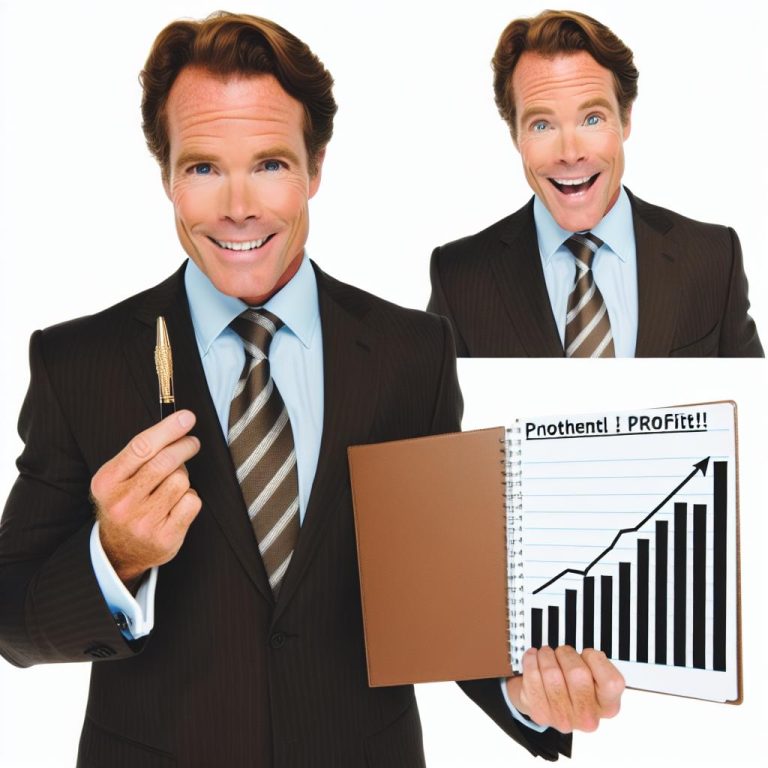Overview of “Rich Dad, Poor Dad”
Rich Dad, Poor Dad is a personal finance book authored by Robert T. Kiyosaki. It represents a significant contribution to the self-help and financial education fields, originally published in 1997. The book methodically contrasts two distinct approaches to money management and financial planning by utilizing the experiences of two paternal figures in Kiyosaki’s life – his biological father, referred to as the “Poor Dad,” and the father of his childhood best friend, known as the “Rich Dad.”
The Concept of “Rich Dad” and “Poor Dad”
Kiyosaki cleverly employs these two fathers to illustrate the vast differences in mindset and financial strategies that can influence one’s path to acquiring wealth. The “Poor Dad,” who was Kiyosaki’s biological father, possessed a formal education and a stable job, yet he encountered ongoing financial struggles. In contrast, the “Rich Dad,” while lacking extensive formal education, accumulated substantial wealth through entrepreneurial endeavors and strategic investments.
The Core Lessons from “Rich Dad, Poor Dad”
One of the principal lessons of the book lies in the value of financial education. Kiyosaki stresses the significance of acquiring income-generating assets, such as real estate, stocks, and businesses, as opposed to accumulating liabilities that siphon financial resources. The book also delves into the importance of constructing and interpreting financial statements as a foundational element for wealth creation. Understanding these financial documents allows individuals to evaluate their financial health and make informed decisions about building and safeguarding wealth.
Income Earning Strategies
The “Rich Dad” advocates for the development of multiple income streams beyond the constraints of traditional employment. This paradigm might encompass investments in property portfolios or launching entrepreneurial ventures. Kiyosaki underscores the importance of employing money strategically to unlock additional income-earning opportunities. He challenges readers to explore how they can leverage capital effectively to make it work for them, turning the focus away from reliance on single income sources.
Financial Independence and Literacy
To achieve financial independence, a shift in mindset is necessary, according to Kiyosaki. This transformation entails acquiring an understanding of financial principles and actively engaging in enhancing financial literacy. Decisions related to spending, saving, and investing ought to be made with a comprehensive awareness of their potential long-term impacts on financial well-being. Thus, embracing financial knowledge becomes an essential component for attaining financial security and success.
The broad objective of Rich Dad, Poor Dad is to motivate readers to reimagine their strategies regarding wealth accumulation and management, fostering an entrepreneurial mindset and encouraging proactive financial oversight. The book has served as a transformative influence for countless individuals in advancing their financial literacy and understanding, effectively reshaping how they approach personal finance management.
Understanding the Divergent Mindsets
The divergent mindsets of “Rich Dad” and “Poor Dad” encapsulate the differences between an entrepreneurial and a traditional employment approach to financial security. “Poor Dad,” with his emphasis on job security and academic achievements, represents a conventional view that tends to prioritize stable employment and saving. Conversely, “Rich Dad,” with his focus on investment and business ventures, embodies a mindset that prioritizes risk-taking and adaptability to achieve greater financial returns.
Risk and Reward
A key theme within the book is the notion of risk versus reward in financial decisions. Kiyosaki delineates how “Rich Dad” perceives risk as a necessary aspect of gaining wealth, viewing failures as opportunities for learning and growth. “Poor Dad,” on the other hand, views risk as a peril to be avoided, often resulting in missed opportunities for wealth enhancement. Understanding this divergence allows readers to critically assess their attitudes towards financial risk and its potential to yield rewards.
The Role of Education
Kiyosaki differentiates between academic education and financial education. While “Poor Dad” prioritized formal education and academic achievements, “Rich Dad” saw immense value in financial education—not necessarily taught in schools but acquired through real-world experiences. He believed that understanding financial concepts like cash flow, assets, liabilities, and investments was crucial to creating wealth. This distinction highlights a gap often present in traditional educational systems, emphasizing the learning that occurs outside conventional academic environments.
The Significance of Financial Statements
Within the backdrop of financial literacy, Kiyosaki accentuates the importance of mastering financial statements. Understanding income statements, balance sheets, and cash flow statements serves as a toolkit for assessing financial health. These documents allow individuals to ascertain whether they are truly on a path towards accumulating wealth or inadvertently increasing their liabilities. Mastery of financial statements enables informed decision-making, and is a recurrent theme Kiyosaki emphasizes throughout the book.
Encouraging an Entrepreneurial Spirit
At its core, Rich Dad, Poor Dad encourages readers to cultivate an entrepreneurial spirit. This involves seeing opportunities where others may perceive obstacles and having the tenacity to pursue financial goals despite challenges. Kiyosaki’s narrative aids in reshaping preconceived notions about wealth, urging individuals to pursue their financial aspirations with an informed and adaptable mindset.
In summation, Rich Dad, Poor Dad articulates a vision of wealth that is attainable through understanding, education, and strategic financial management. It presents readers with contrasting paradigms that challenge traditional views on money, urging a reevaluation of how financial success can be achieved through innovation and prudent risk-taking. The book continues to inspire individuals to equip themselves with the knowledge and skills necessary for enhancing their financial well-being in an ever-evolving economic landscape, cementing its status as an enduring influence in the domain of personal finance education.






